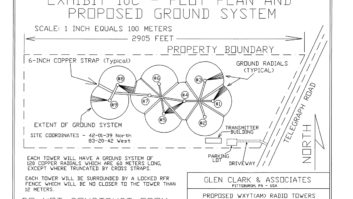Likely to be among the more scrutinized products at NAB this year is a new FM Optimod.
Orban/CRL has announced it is shipping the Orban Optimod-FM 8500 audio processor, which it immediately described as its new flagship processor “and the next step beyond the Optimod-FM 8400.” The supplier was designed for a market in which FM stations simultaneously transmit HD Radio, Eureka 147 or a netcast. It comes with software and a remote-control application that runs on Windows 2000 or XP computers.
Features include individually optimized, independent processing for analog FM and digital radio. High-frequency limiting and clipping systems peak-limit the analog-FM output while a low-IM look-ahead limiter controls the digital radio output, it stated.
Product descriptions from Orban:
– Base sample rate is now 64 kHz, allowing the 8500 to offer 20 KHz audio bandwidth in the digital radio processing path. A built-in eight-second delay allows HD Radio broadcasters to bypass the delay in the Ibiquity exciter and to use the 8500’s stereo encoder and “Half-Cosine” composite limiter instead. “This means that HD Radio broadcasters no longer have to compromise the loudness of their analog channel to broadcast HD Radio,” it stated.
– Orban said it redesigned its circuitry to use updated components and doubled DSP power. It said it plans a second software version that expands the feature set further and will be available as a free Internet download.
– Five-band and two-band processing are provided, as are stereo enhancement, equalization, AGC, multiband compression, low-IM peak limiting, stereo encoding and composite limiting.
– Factory presets include familiar ones from V3 of the 8400 and new ones by the company’s Bob Orban and Greg Ogonowski. Custom presets for 8400s import into the 8500.
– 16 kHz band limiting on the analog-FM left/right output (analog or AES3) allows the signal to pass through a 32 kHz uncompressed STL without added overshoot, the company stated; 44.1 or 48 kHz channels are not required.
Info: www.orban.com










